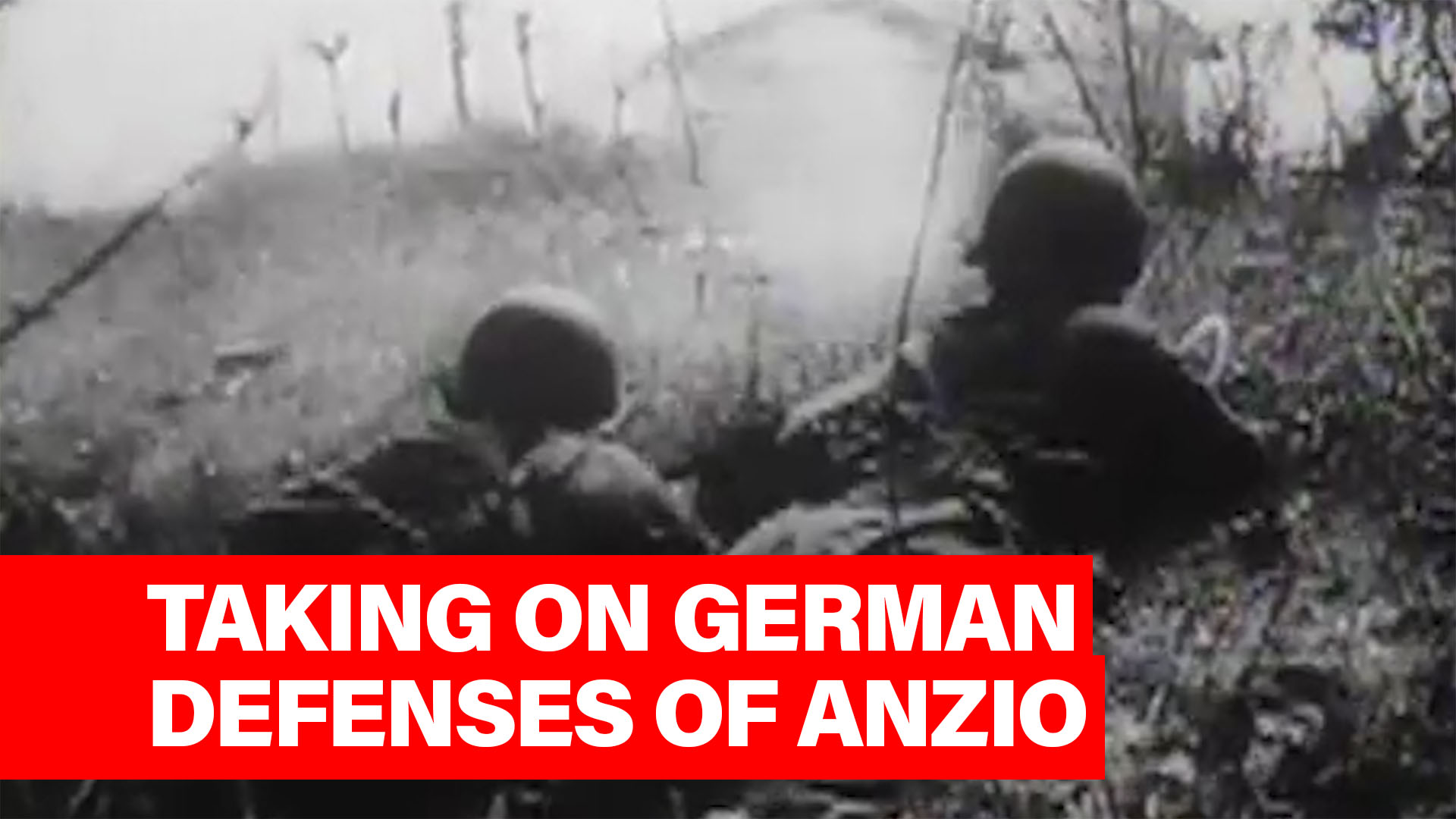The Italian campaign in World War II is often overlooked in the public imagination because the fighting in Western Europe and Russia generally drew much more attention.
There also is the fact that some consider the campaign to have been a strategic blunder. British Prime Minister Winston Churchill had seen Italy as the “soft underbelly” that would help Allied forces invade Germany. However, quick action by German forces when the Italian government withdrew from the war turned the Italian campaign into a bitter, bloody stalemate along the Gustav Line, German and Italian fortifications that slowed the Allied advance to Rome.
Allied commanders thought that an amphibious landing behind the German lines could break the stalemate, and they landed troops in Anzio in January 1944.The German commander, Field Marshal Albert Kesselring, managed to bottle up the landings and to prevent breakthroughs on the Gustav Line. The result was that the troops in the Anzio beachhead were under constant German artillery fire.
In May 1944, the Allies finally broke the stalemate, largely using air power to interdict German supplies. Allied forces then moved towards Rome, capturing the Italian capital on June 4, 1944.
However, many German forces were able to escape and regroup farther north in Italy, taking up positions along the Gothic Line, and creating a second bloody stalemate that persisted until the last weeks of World War II, when an Allied offensive finally broke through.





